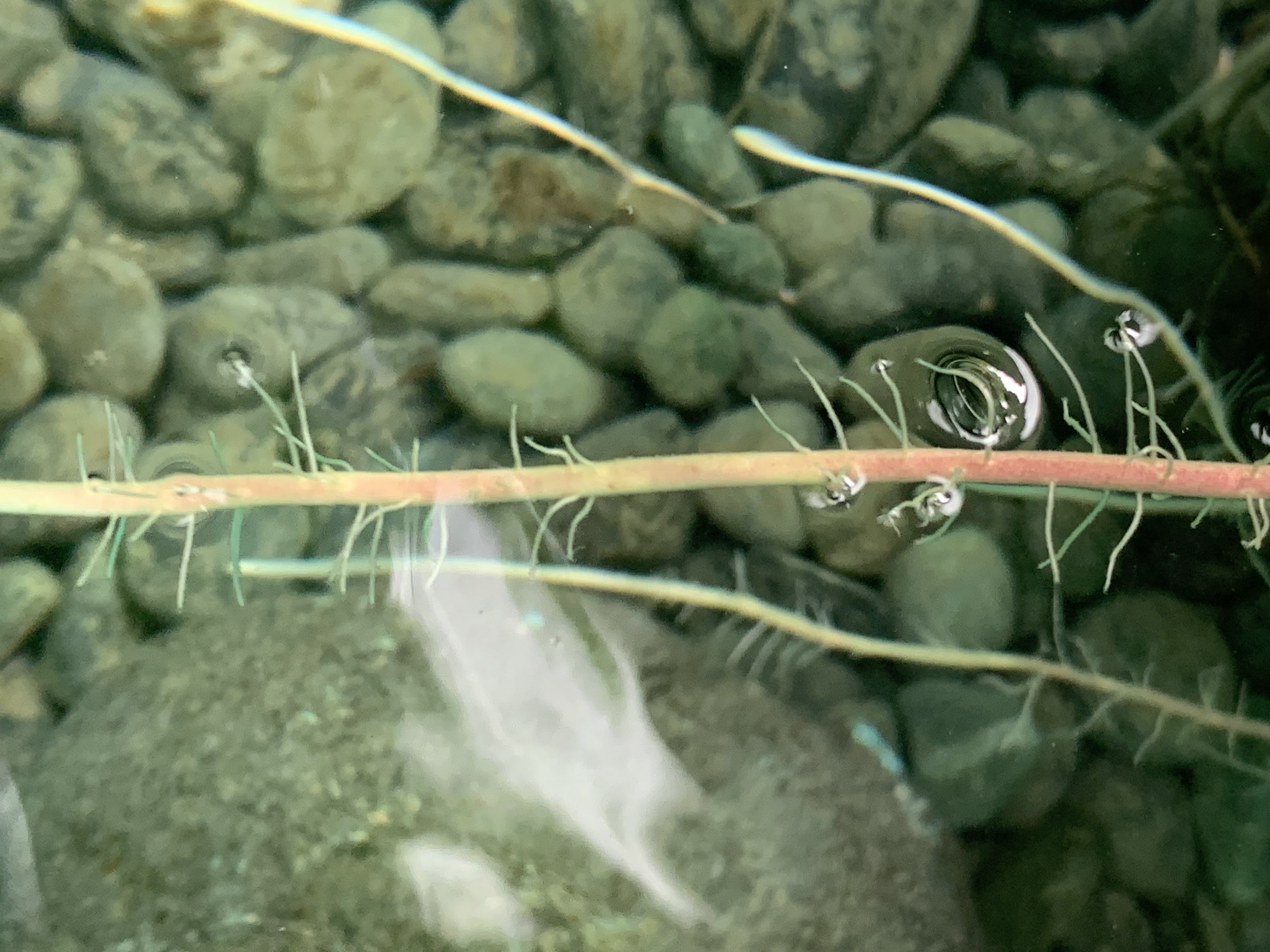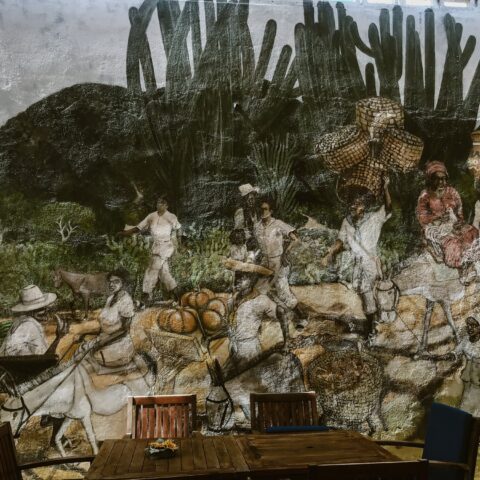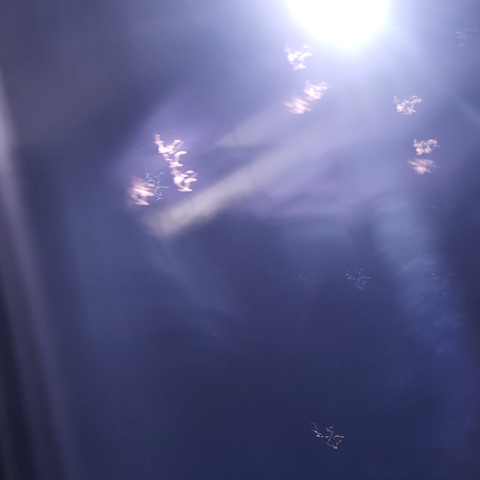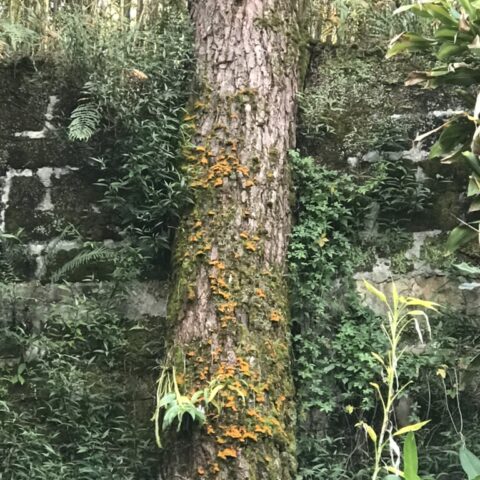Cover Photo: Padmapani L. Perez
By Julia Javier
The environment always had a special place in my heart, but growing up in the city made it difficult to build that relationship. Every opportunity I’ve had to be more immersed in the environment, I took. It’s one thing to talk about it and see its beauty and richness through a screen, and it’s another thing to be in it, experiencing and respecting its beauty. Our relationship with the environment reflects on how we treat it. The environment gives us everything we need and the only thing she asks for in return is for us to take care of it.
In the Agam podcast featuring Kathy Jetñil-Kijiner, a poet, educator, and climate envoy to the Republic of the Marshall Islands, she discussed her recent film project, her diplomatic work, climate grief, as well as the power that poetry has in tackling climate change. With everything she shared, it was clear that climate change and other related issues are rooted in the weak connection man has with nature.
Her short film project entitled “Rise: From One Island to Another” featured Aka Niviana, a Greenland native poet and was shot on the melting glaciers in Greenland and in the Marshall Islands where they read aloud their poetry. Indigenous people hearing about the efforts and struggles of other indigenous people makes you wonder: when did we stop prioritizing our relationship with the environment? In the video, both poets spoke about how they were affected by the climate crisis in their own ways, using their home environments as visual aid, but in the end they both wanted the same thing; they both want climate action despite experiencing the climate crisis in completely different parts of the world. The climate crisis may affect us differently, but at the end of the day, it still affects us all.
Understanding the connection between man and nature is crucial in combating climate change and helping those most susceptible to its impacts. When she mentioned the exchange of gifts between her and Aka and how it was a part of their culture, it reminded me of the time in history wherein we turned to nature for all our needs, when people believed nature was the most valuable thing in the world. Among the millions of frontliners, indigenous people are one of the many vulnerable to climate change, yet they contribute only a small amount to the problem. Their livelihoods have sustained themselves and the environment for thousands of years, but are still often disregarded when discussing climate action. Not just one group of people need to take action. We all do.
With climate change being one of the most critical and complex issues we face today, it’s important for people to understand the depth of it; however, all the jargon that comes with it can make it difficult to understand—sometimes even uninteresting. Though the issue on climate change can be quite complex at first glance with all the factors that need to be considered, Kathy’s work managed to put a face to climate change—she humanized it. Art is not only meant to entertain, but it’s made to empower, to inform. Climate change and climate vulnerability are not and should not be limited to news articles, scientific jargon, business deals, or political discussions; at the end of the day, it’s about the people, it’s about the environment. There are people behind those numbers, real life families in those photos, and ecosystems being destroyed for money.
Moving forward and developing does not necessarily mean we need to forget the old ways—our traditional ways, but rather prospering to create a better world, which includes the environment. It seems hopeless at times, but not impossible just yet.
“We need to negotiate the concept of hope. Hope can stop you from being angry, it can silence anger, which is necessary. But of course, we need hope. Hope is necessary for the work too.”
Kathy Jetñil-Kijiner
Kathy reminds us that there is still much we need to do for those who cannot help themselves, that we need to work together to solve this problem, and that you can be a part of the solution in your own way. We are reminded we need to stand together, rise together.




